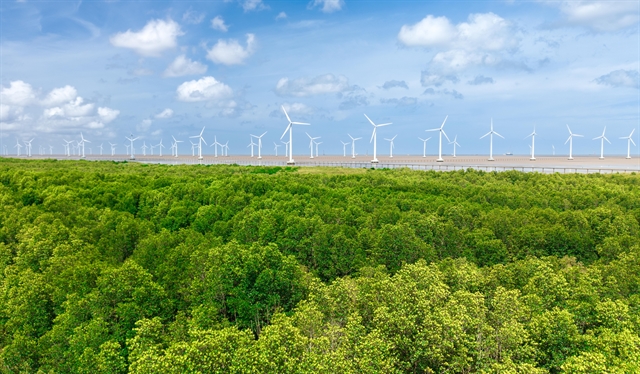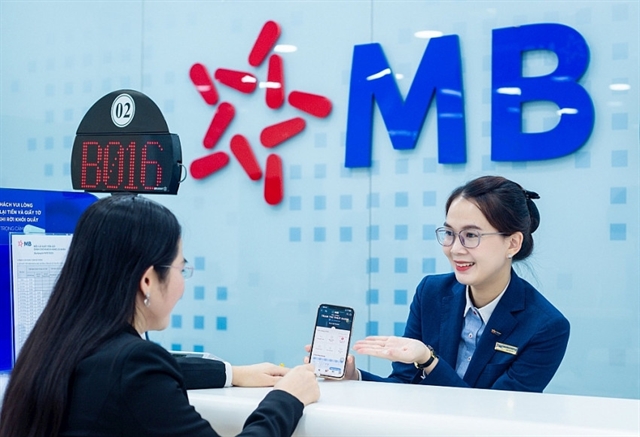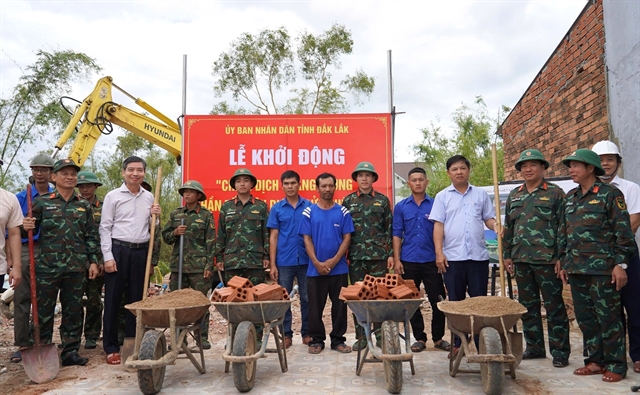 Environment
Environment
.jpg)
 |
| Nguyễn Thị Lệ, chairwoman of the city People’s Council, speaks at a green transportation conference in HCM City on Thursday. — VNA/VNS Photo |
HCM CITY — HCM City authorities have set an ambitious target to transition all public buses to clean fuel or electric operation in order to reduce air pollution emissions by 90 per cent by 2030.
Speaking at a conference held on Thursday, Nguyễn Thị Lệ, Chairwoman of the city People’s Council, said the city is currently home to approximately 10 million vehicles, which together contribute to annual carbon emissions totalling 35 million tonnes.
Notably, the transportation sector is responsible for 13 million tonnes of these emissions, she added.
Phạm Thành Kiên, Vice Chairman of the city People’s Council, said it was essential to develop an efficient transportation system to mitigate traffic congestion and reduce greenhouse gas emissions.
The objectives set forth by HCM City align with the directive issued by the Prime Minister in 2022, which advocates for a green transition within the transportation sector.
Under the directive, all newly acquired buses are mandated to be either electric or powered by compressed natural gas (CNG) by 2025, with a target that 50 per cent of the bus fleet will be electric by 2030.
Challenges
Phạm Vương Bảo, deputy director of the Public Transport Management Centre, pointed out that the transition faces several challenges.
They include the higher costs associated with electric buses compared to diesel alternatives, the limited availability of CNG refuelling stations, and the underdeveloped charging infrastructure.
To facilitate the transition, experts proposed the establishment of preferential policies for investors of electric vehicles, which would encompass financial incentives and loan support.
Trần Quang Lâm, Director of HCM City’s Transport Department, said the city is committed to prioritising the transition to green energy.
The department is currently developing a public transportation system designed to reduce reliance on personal vehicles.
It plans to integrate metro lines and bus routes while simultaneously advancing emissions reduction initiatives.
The department has proposed a range of supportive mechanisms, including interest rate subsidies, reductions in import taxes, and investments in charging infrastructure to promote the adoption of green energy buses.
In addition, the department is engaged in mapping the charging station network, with initial efforts focused on bus depots and major bus stations. — VNS
.jpg)



